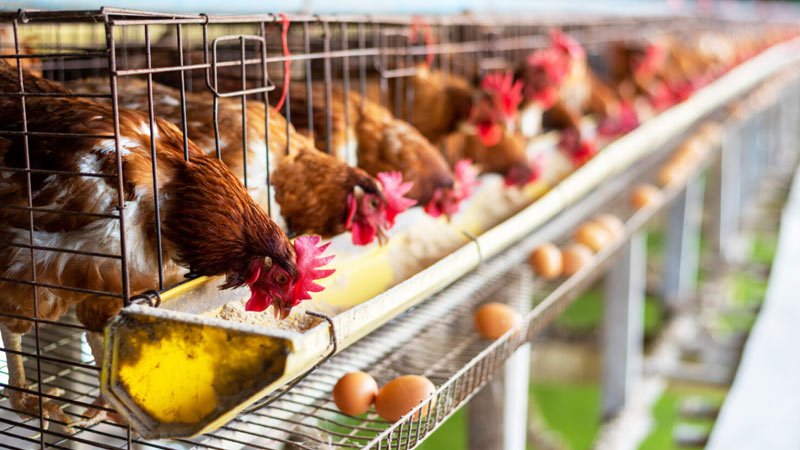
Iowa Capital Dispatch
A highly pathogenic avian influenza outbreak has been confirmed among a large flock of egg-laying chickens in Sioux County, Iowa. Officials reported by CBS, that 4.2 million birds are impacted and will be culled.
The Iowa Department of Agriculture and Land Stewardship and the USDA announced the detection on Tuesday, marking the state’s first bird flu case this year. The previous case was in December in a backyard mixed-species flock, and the last commercial outbreak in egg-laying chickens occurred in November in the same county.
According to the Iowa Capital Dispatch, this recent outbreak is the largest in Iowa since more than 5 million birds were affected by bird flu in Osceola County in 2022. It is also the largest flock impacted nationwide this year, based on USDA data. Iowa leads the U.S. in egg production, highlighting the significance of this outbreak.
An official from the state’s agriculture department confirmed the ongoing depopulation efforts to CBS News. The culling of the entire flock aims to prevent further spread of the virus. This significant loss prompted Iowa Governor Kim Reynolds to issue a disaster proclamation for the county, effective through June 27.
Last week, a similar outbreak occurred at an egg farm in Minnesota, affecting nearly 1.4 million birds. Additionally, over 81,000 commercial turkey meat birds and breeder hens in Minnesota were also impacted by the avian flu.
The avian flu, often fatal for poultry, causes severe respiratory issues and sudden death in chickens and turkeys, according to the Iowa Department of Agriculture and Land Stewardship. Food Manufacturing told this, The ongoing outbreak has extended beyond birds, with recent detections in U.S. dairy cattle and mild infections in two humans who had contact with infected cattle. The virus has also been found in beef and milk.
This widespread outbreak continues to challenge both the poultry industry and public health efforts to control the virus.






